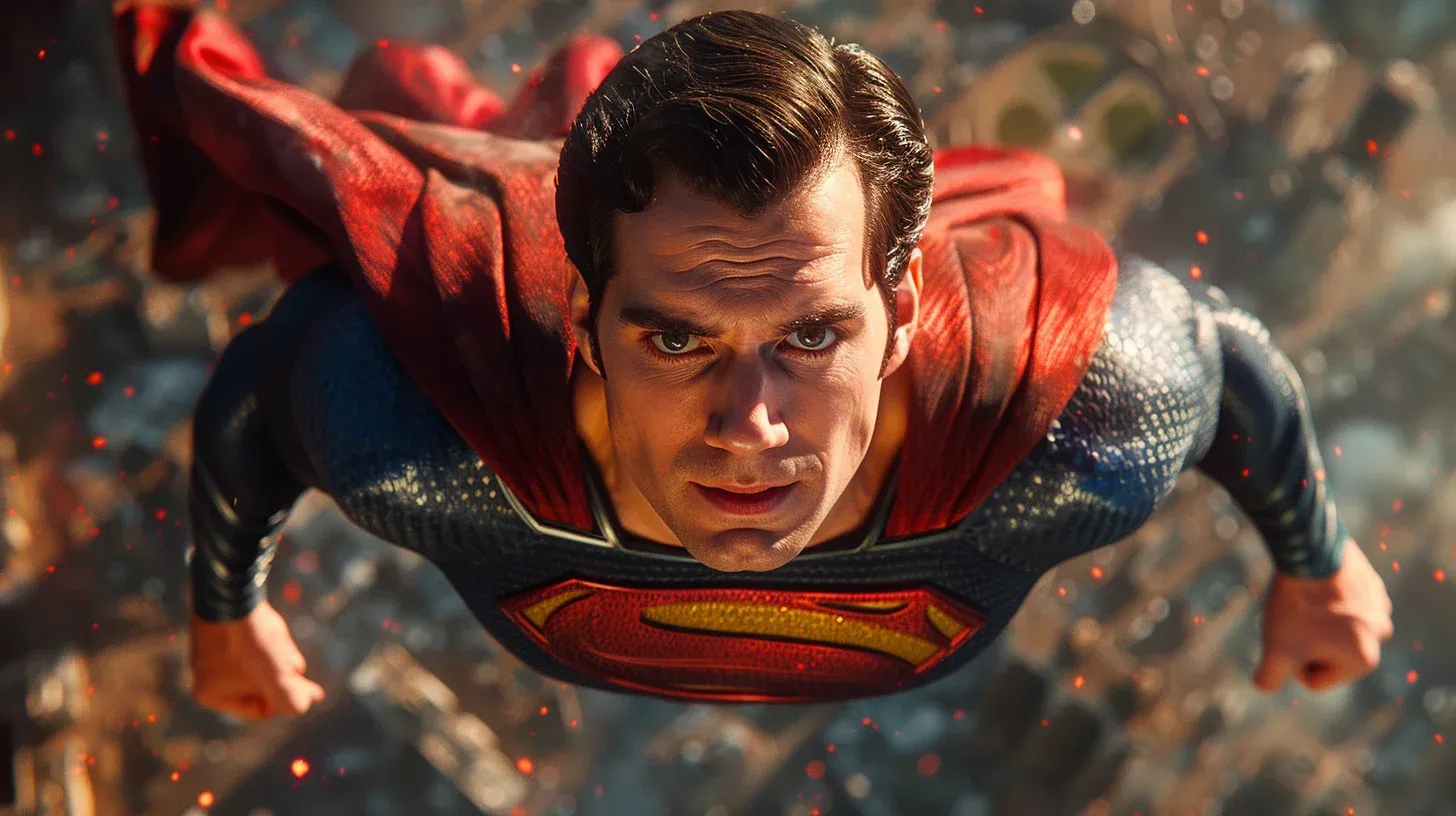26 February 2024
Superman's Journey from Creation to Cultural Icon.

Press the play button in the top right corner to listen to the article
Superman stands as an iconic figure in the pantheon of comic book heroes, embodying the quintessential traits of strength, morality, and the relentless pursuit of justice. Created by writer Jerry Siegel and artist Joe Shuster, Superman first soared into the realm of pop culture in the pages of Action Comics #1, published by DC Comics in 1938. This article embarks on a journey through the expansive history of Superman, tracing his evolution from a Depression-era champion to a modern-day superhero.
The early conception of Superman was a stark departure from the character we know today. Initially imagined as a bald villain bent on world domination in a short story titled "The Reign of the Superman," the character underwent significant revisions. Siegel and Shuster transformed him into a hero hailing from the doomed planet Krypton. As Kal-El, he was sent to Earth by his parents, where he was adopted by a Kansas farmer and his wife and named Clark Kent. Gifted with extraordinary powers under Earth's yellow sun, he chooses to use his abilities to fight crime and injustice.
Superman's early stories set the template for superhero narratives. Clad in blue, red, and yellow, he became a symbol of hope and justice, inspiring a multitude of characters and stories within the genre. His dual identity as the mild-mannered reporter Clark Kent offered a relatable human aspect, allowing readers to connect with the invincible hero on a personal level.
Through the decades, Superman's lore has been enriched and expanded. The introduction of characters such as Lois Lane, his love interest and fellow journalist at the Daily Planet; Lex Luthor, his arch-nemesis; and other allies and enemies, built a complex universe that captivated audiences. Significant plotlines explored themes of identity, morality, and humanity, reflecting societal changes and challenges.
The Silver Age of Comics in the 1950s and 1960s introduced a more science-fiction oriented approach to Superman's stories, expanding his powers and the range of cosmic threats he faced. This era also saw the introduction of the multiverse concept, allowing for different versions of Superman to exist simultaneously.
In the 1980s, the landmark series "The Man of Steel" by writer and artist John Byrne reimagined Superman's origin and modernized his character for a new generation. This reboot streamlined his powers, emphasized his role as a hero of the people, and redefined his relationships with key characters in his life.
The 1990s and 2000s brought further evolution, including dramatic events such as Superman's death at the hands of Doomsday, his resurrection, and marriage to Lois Lane. These stories explored deeper themes of loss, resilience, and the essence of heroism.
In the contemporary era, Superman continues to evolve, reflecting the diverse and complex world we live in. The character has been reimagined through various media, including movies, television series, and video games, each interpretation offering a unique take on the hero's enduring legacy.
Superman's journey from a comic strip to a cultural icon encapsulates the evolution of the superhero genre itself. He remains a symbol of hope and resilience, inspiring generations with his commitment to justice and the betterment of humanity. As we look to the future, Superman's story is far from over, with endless possibilities for new adventures that continue to define what it means to be a superhero.
The content, including articles, medical topics, and photographs, has been created exclusively using artificial intelligence (AI). While efforts are made for accuracy and relevance, we do not guarantee the completeness, timeliness, or validity of the content and assume no responsibility for any inaccuracies or omissions. Use of the content is at the user's own risk and is intended exclusively for informational purposes.
#botnews















































































